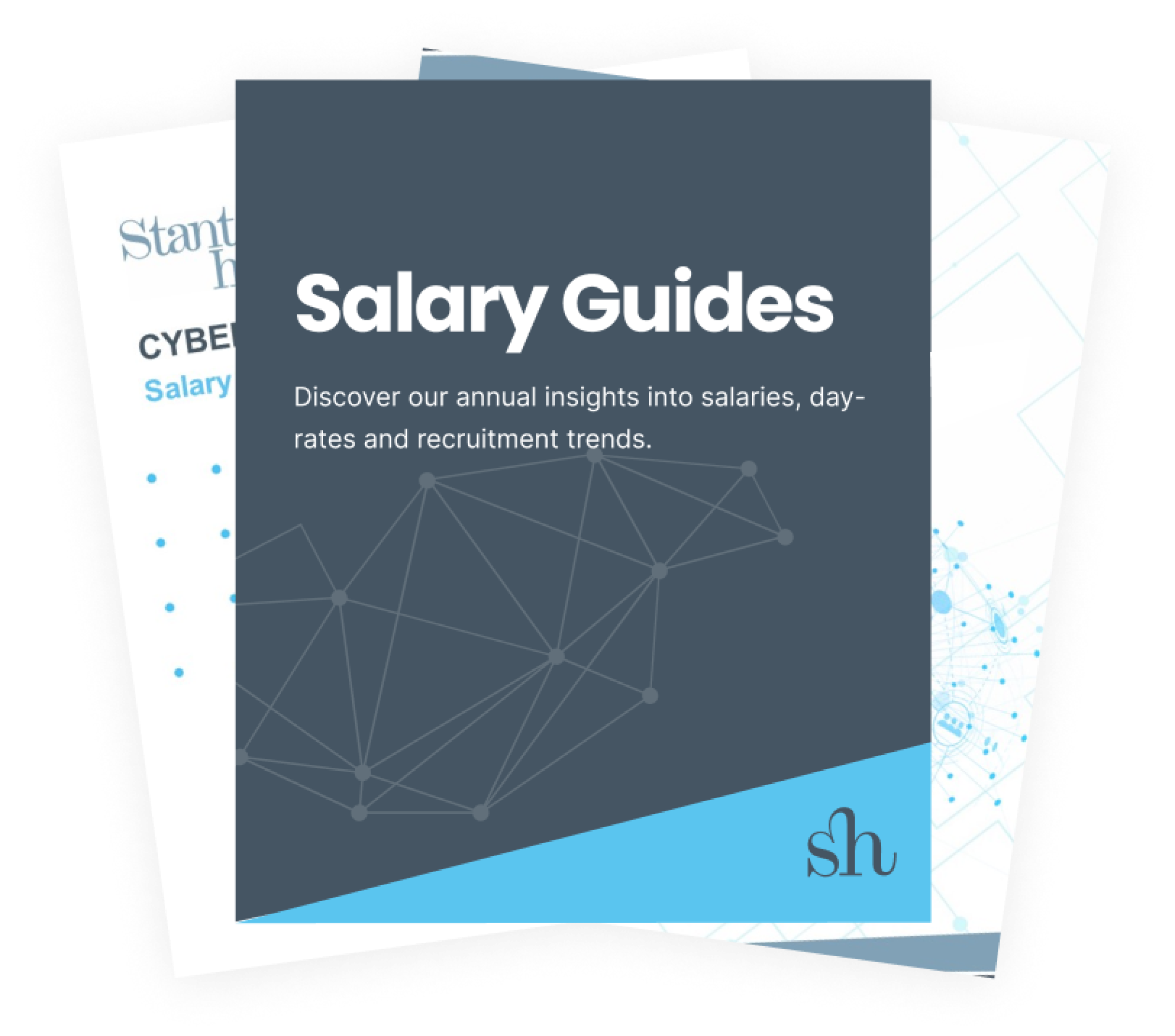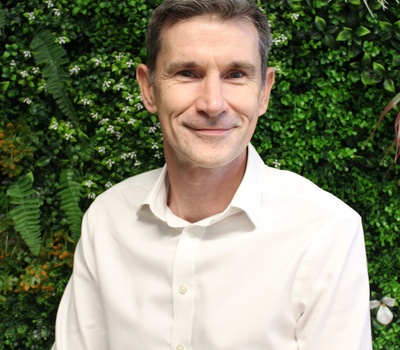

Organisation Design & Development Expertise Propelled to the Fore
There is an understanding that the context within which most organisations now exist has completely changed. Business leaders are asking themselves what must we stop, what must we start and what must we keep doing that is still part of our core value proposition, and that we need to adapt?
This means, that in most cases and across most sectors, a change in business strategy is required - and most likely a change in Operating Model with associated Organisational Design and Development (OD&D) to deliver that strategy. That’s a lot of change leading to more change!
“Organisation Design is the process and outcome of shaping an organisational structure to align it with the business purpose and context in which it exists.” CIPD
"Organisation Development is the planned and systematic enabling of sustained performance in an organisation through the involvement of its people.” CIPD
Reading these definitions, it is clear to see why demand for professionals with specific Organisation Design and Development expertise has significantly increased as businesses seek to realign their structures and people capabilities to their new strategic objectives. There can be no doubt that the on-going and wide-scale imperative to evolve business strategy is the overriding driving force, right now, for work in this specialist area.
What does an OD specialist do?
It is the job of the OD specialist to present and evaluate different models and ways of working which deliver outcomes aligned to strategic drivers/goals.
‘‘One of the fundamental questions OD specialists are there to answer is “if this is our new strategy, how should we best organize ourselves?” The strategic drivers need to be established and be translated into a set of design principles / hypotheses that are evaluated and tested throughout the re-design work. It’s important to realise that Design is an iterative process; done correctly, decisions are tested against the design principles / hypotheses so as to ensure proper debate and examination of the proposals against the strategic goals. You should expect to prove some and disprove others if you are managing the process well.” Steve Lungley, Organisation Design & Development Consultant
Business leaders realise the benefits of organisational restructure
Increasingly, business leaders are making the connection that how their organisation is designed and how their people are developed will determine how efficiently and effectively it is able to perform in the ‘new norm’.
“If an organisation has a flawed design (processes and people), it simply won’t perform, or indeed survive. It must be structured (or restructured) to create a design that supports its purpose and business strategy. However, it is important to recognise that an organisation isn’t simply the “boxes and wires” which make up an org chart. An organisation is about enablement and engagement. This means that an organisation can be successful irrespective of its structure – it’s about attitudes (mindset), clarity of focus (outcomes) flexibility (the journey) and culture (beliefs, assumptions & values).” Rachel Letby, Management Consultant & Organisation Design & Development Expert
A sound organisational structure will make it clear what each function and person does, and is accountable for, within each location. The design will also make clear to what extent its/their authority reaches within its/their domain and across the organisation. However, organisations must also seek to strike a balance between being ‘fixed’ (overly bureaucratic) and ‘flexible’ (ambiguous). This is a fine line to tread!
What’s more, business leaders must understand that designing a structure that is fit for purpose is just one of many steps.
These new structures, responsibilities and ways of working must also be underpinned with robust people change management approaches to ensure transformational success. This involves:
Processes:
- Understanding the imperative for change and the environment
- Understanding the business processes, workflows, roles and responsibilities, volumes of work, activity analysis and resources
- Designing and testing new structures, workflows and internal governance frameworks
- Planning and managing the transition from the old structure to the new
- Implementing and monitoring the change
People:
- Measuring performance, efficiency and effectiveness
- Assessing resources, skills and capabilities
- Developing the right behaviours and interactions
- Determining and applying the right learning interventions
- Embedding and sustaining a cultural change
This is a complex area of work which shouldn’t be a one-time exercise. It takes time and often requires the help of an OD&D expert to formulate sound design principles which can be used to guide your organisation's restructure.
There can be no doubt, that demand for HR professionals with experience of delivering OD&D transformation, across the breadth of these deliverables, will continue unabated as the world of work continues to evolve.
Contact us
We would love to hear from leaders on how you are redesigning your organisation to operate effectively in this new era of work. If you need help finding exceptional HR professionals with experience of delivering OD&D transformation, please get in touch.
Download our Organisation Design & Development Insight Paper
Download our full insight paper to learn:
- How HR's priorities have shifted and been impacted by the Pandemic
- How businesses have been forced to rethink their strategy and operating model
- How OD&D expertise has been propelled to the fore
- What OD&D specialists can help with
- What the signs are that your organisational structure may not be fit for purpose
- The People and Process mistakes to avoid when it comes to restructure

















